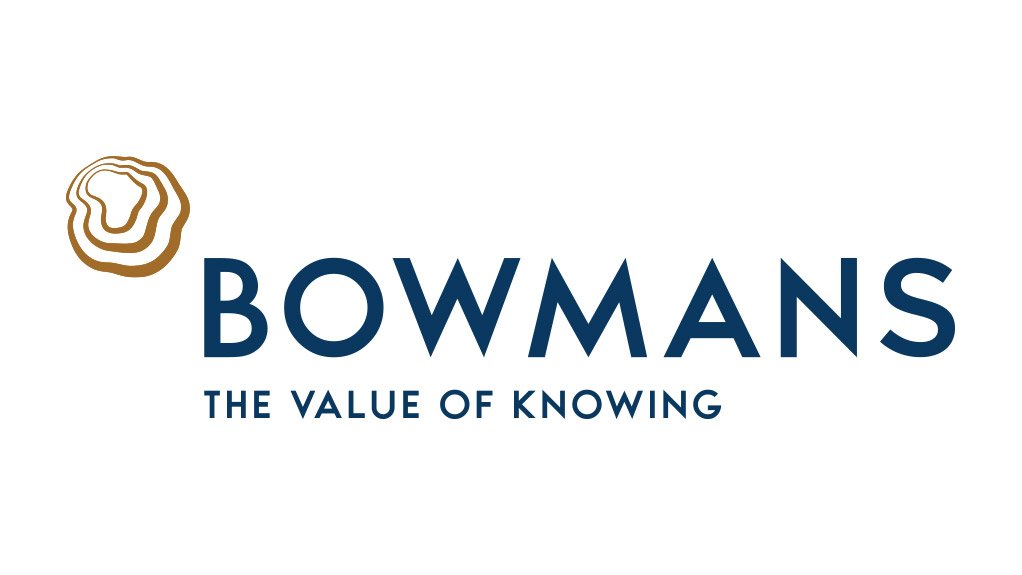The new Employment Equity Regulations, 2025 (General Administrative EE Regulations) and final sectoral numerical targets (collectively, the 2025 EEA Regulations) published in terms of the Employment Equity Act, 1998 (EEA) have brought about additional obligations on designated employers and shifted the way in which they are required to prepare their employment equity plans and report on their progress towards achieving employment equity in the workplace.
The key question now for designated employers is what do they do next, and how long do they have to do this? The timeline and steps that designated employers ought to take to ensure compliance with their affirmative action obligations under the EEA and the 2025 EEA Regulations are set out below.
Conduct a workplace analysis as soon as possible
In terms of section 11 of the EEA, a designated employer is required to collect information relating to its employment policies, practices, procedures and the working environment in order to identify employment barriers which adversely affect people from designated groups. This analysis must include a workforce profile to determine the degree of underrepresentation of people from designated groups in the various occupational levels in the workplace, as compared to the economically active population (EAP).
Employers may have previously undertaken this analysis for purposes of their current employment equity plans, but because all designated employers will now need to put in place a new plan, it will be necessary to conduct a fresh analysis, using the updated prescribed forms in the General Administrative EE Regulations.
Designated employers will accordingly need to pick a date shortly as its cut-off date, which will be used for taking a ‘snapshot’ of its workforce for purposes of its profile. This date should be determined by working back from 1 September 2025, factoring in sufficient time to consult and prepare the employment equity plan (EE Plan).
Prepare a new EE Plan before 1 September 2025
Informed by the results of the analysis, a designated employer will then need to prepare a new draft EE Plan in terms of section 20 of the EEA and, as set out in more detail below, it will need to consult with representatives of its workforce on the analysis and the draft EE Plan.
In terms of the General Administrative EE Regulations, the EE plan’s duration must be five years, from 1 September 2025 to 31 August 2030. If an employer becomes a designated employer after 1 April 2025, the employer must prepare an EE Plan for the remainder of the period until 31 August 2030.
Among other things, the plan must include the numerical goals to achieve the equitable representation of suitably qualified people from designated groups within each occupational level of the workforce. These must be determined by considering the employer’s workforce profile, the sector targets applicable to the designated employer and the applicable EAP.
The EE Plan is not filed at the Department of Employment and Labour (DoEL) but may need to be produced upon request by the Director-General as part of a review.
Consult on the analysis and the EE Plan
In accordance with sections 16 and 17 of the EEA, a designated employer must consult with representatives of its workforce on the conduct of the analysis and the EE Plan.
These representatives must represent the interests of employees from across all occupational levels of the employer’s workforce and the interests of people from the designated groups, as well as people who are not from the designated groups. Where there is a representative trade union representing members at the workplace, the trade union must also be consulted.
Submit a report in the period between 1 September 2025 and 15 January 2026
A designated employer must submit a report to the Director-General of the DoEL in terms of section 21 of the EEA (EE Report). In terms of the General Administrative EE Regulations, the EE Report can either be submitted manually, by hand, or electronically using the online reporting system.
Electronic submissions of the EE Report may be made between 1 September 2025 and 15 January 2026. If a designated employer seeks to submit the EE Report manually, it will need to deliver the report by hand to the Head Office of the DoEL in the period between 1 September 2025 and 1 October 2025. A representative of the DoEL will then assist the designated employer in immediately capturing the information onto the online system.
An employer that becomes a designated employer after the first working day of April must only submit its EE Report in the following reporting cycle.
Submit an Income Differential Statement in the period between 1 September 2025 and 15 January 2026
In addition to the EE Report, a designated employer must submit an Income Differential Statement (EEA4 Form) to the National Minimum Wage Commission in terms of section 27 of the EEA.
The EEA4 Form can be submitted electronically using the same online reporting system and at the same time as the EE Report. If submitted manually, this must be done together with the EE Report between 1 September 2025 and 1 October 2025.
An employer that becomes a designated employer after the first working day of April must only submit its EEA4 Form in the following reporting cycle.
Request a compliance certificate after submission of the EE Report
In the event that an employer seeks to do business with the State, it will be required to produce a compliance certificate in terms of section 53 of the EEA, which will be conclusive proof that the employer complies with the relevant chapters of the EEA.
In respect of designated employers, a compliance certificate may only be issued where the Minister is satisfied that:
- The designated employer has complied with any applicable sector numerical target, or has raised a reasonable ground to justify its non-compliance;
- The designated employer has submitted its EE Report;
- There have been no findings by the Commission for Conciliation, Mediation and Arbitration (CCMA) or a court in the last 12 months that the employer breached the unfair discrimination provisions of the EEA; and
- The CCMA has not issued an award against the employer in the previous 12 months for failing to pay the national minimum wage.
Designated employers may request their compliance certificates online after they have submitted their EE Reports. The certificate will be valid for 12 months from the date of issue.
Written by Talita Laubscher and Melissa Cogger, Partners and Chloë Loubser, Knowledge and Learning Lawyer, Bowmans South Africa
EMAIL THIS ARTICLE SAVE THIS ARTICLE ARTICLE ENQUIRY
To subscribe email subscriptions@creamermedia.co.za or click here
To advertise email advertising@creamermedia.co.za or click here











